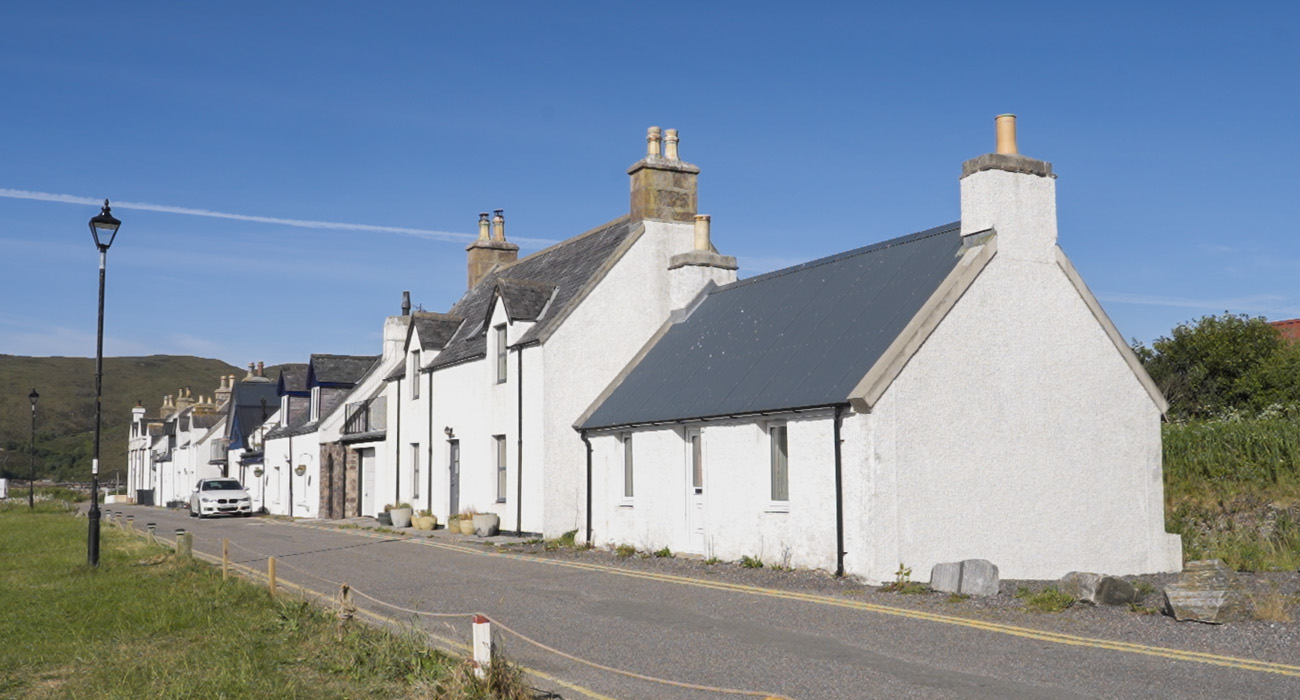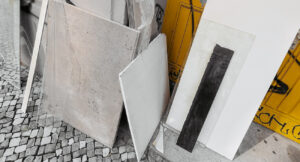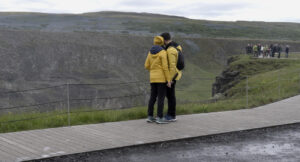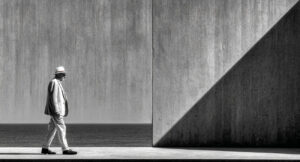Travel photography is more than capturing beautiful locations — it’s about telling authentic stories. In a world driven by fast-paced itineraries and endless checklists, slowing down might seem counterintuitive. Yet, the best travel photographers know that patience, presence, and observation are essential tools. Here’s why slowing your pace can elevate your images from snapshots to storytelling masterpieces.
1. You See More When You Rush Less
When you’re moving quickly, you tend to focus on the obvious. Iconic landmarks and postcard views are easy to spot, but what about the quiet moments — the texture of a weathered door in a back alley, the rhythm of local life in a morning market, or the shadow play on cobbled streets at dusk?
Slowing down gives your eyes time to adjust and notice details others overlook. These subtleties often create more compelling and original travel photography than popular Instagram spots.
2. Light Rewards Patience
Natural light is one of the most powerful tools in photography — and it changes constantly. If you slow down and spend time in one location, you can study how the light shifts, how it touches buildings, people, and landscapes differently throughout the day.
Golden hour, blue hour, overcast skies, or dramatic shadows at noon — each lighting condition tells a different story. Rushing past means missing these opportunities. Waiting for the right light can make the difference between an average shot and an extraordinary one.
3. Connection Builds Authenticity
In travel photography, people and culture play an important role. When you slow down, you open space for interaction — a smile exchanged, a short conversation, a shared moment.
These interactions lead to more intimate, respectful portraits and cultural documentation. Locals are more likely to welcome your camera if they feel seen, not just photographed. Slow travel fosters trust — and trust leads to access.
4. Composition Needs Time
Strong composition is rarely found at first glance. It develops by walking around a scene, adjusting your angle, simplifying the frame, and waiting for the right subject to enter. Great composition comes from observation, not impulse.
By staying longer in one spot, you can explore foreground elements, leading lines, symmetry, and framing. This level of attention is what transforms good photos into captivating visual stories.
5. Fewer Photos, Better Quality
Rapid shooting often results in hundreds of images — and few you’ll want to keep. Slowing down naturally limits the number of photos you take, but increases the quality and intention behind each frame.
Mindful shooting means more time thinking about settings, light, and subject. It also means less time sorting and editing later. Fewer, stronger images are far more powerful than endless duplicates.
6. Your Travel Experience Deepens
Lastly, slowing down isn’t just good for your travel photography — it’s good for you. You engage more deeply with the places you visit, connect with their essence, and create more lasting memories.
That emotional depth often comes through in your photos. Audiences can sense when an image has soul — and that only happens when you take the time to feel the place, not just photograph it.
Final Thoughts
If you’re serious about improving your travel photography, the best thing you can do is pause. Stay longer, observe more, and let the place reveal itself to you. The rewards — both visually and personally — are worth every extra moment.
Slow travel leads to strong photography. That’s the kind of work that stands out — and stands the test of time.
External Links:
- Digital Camera World – Why Slow Photography is the Only Trend That Should Matter to You in 2025
- Medium – Slow Photography and Slow Travel Work Well Together




